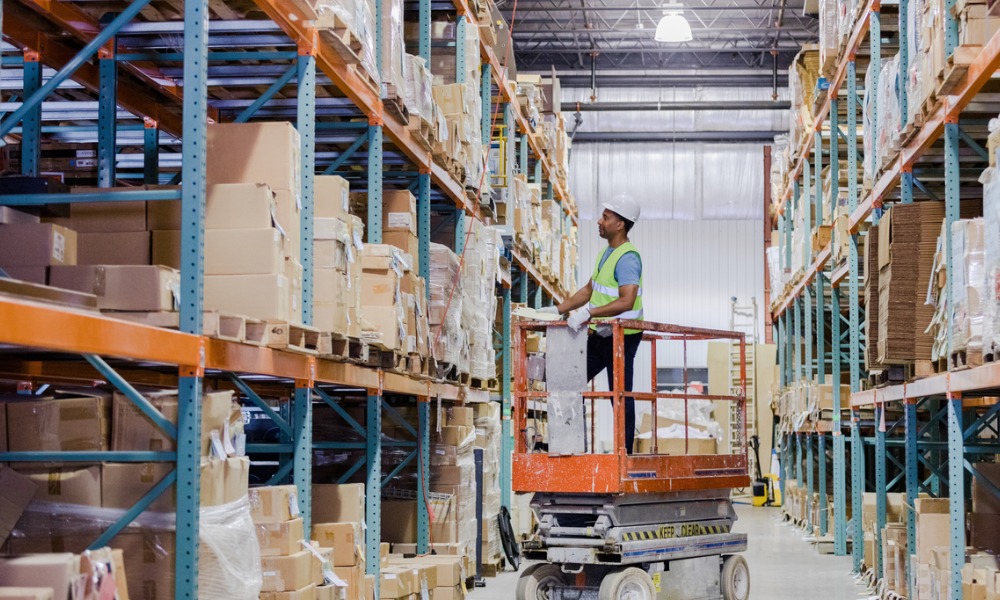Overhead crane chassis tips lift workers were on, causing workers to fall

Ontario employer 2236376 Ontario Inc. has been fined $220,000 for an Occupational Health and Safety violation that led to fatal injuries to one worker and critical injuries to another.
Following a guilty plea, the employers was also tasked to pay a 25 per cent victim fine surcharge as required by the Provincial Offences Act. The surcharge is credited to a special provincial government fund to assist victims of crime.
The incident happened on March 29, 2022, when two workers used a scissor lift to troubleshoot a 25-ton overhead crane that had been taken out of service due to a malfunctioning hoist. The workers were unable to determine the problem. Despite that, the crane was put back into service.
Later that day, the hoist of the crane malfunctioned again and the two workers used the scissor lift to bring them up towards the side of the crane to reassess the problem.
As the workers were completing the task, the crane chassis began to move toward the scissor lift holding the workers. The platform was tipped over, causing the workers to fall approximately 21.5 feet to the concrete floor below, according to the Ontario government.
From the incident, one worker suffered critical injuries and the other suffered fatal injuries in the fall.
Through an investigation, the Ministry of Labour, Immigration, Training and Skills Development found that the crane had not been de-energized and locked out during the troubleshooting and maintenance, nor had it been blocked and prevented from movement.
“By failing to ensure that the crane was blocked and prevented from movement during maintenance or troubleshooting, the defendants contravened section 75 of Regulation 851, contrary to section 25(1)(c) of the Occupational Health and Safety Act,” said the Ontario government.
What is the importance of lockout/tag out?
According to the Canadian Centre for Occupational Health and Safety (CCOHS), “safety devices such as barrier guards or guarding devices are installed on systems to maintain worker safety while these systems are being operated. When activities such as maintenance, repair, or set-up or the removal of jams, clogs or misaligned feeds are performed, these safety devices may be removed if other controls are in place to reduce or eliminate the hazards.
“A lockout/tag out program and procedures for these scenarios will reduce the risk of injury due to the unintended or inadvertent release of hazardous energy.”
An effective lockout/tag out program will help prevent:
- Contact with a hazard while performing tasks that require the removal, by-passing, or deactivation of safeguarding devices.
- The unintended release of hazardous energy (including stored energy).
- The unintended start-up or motion of machinery, equipment, or processes.





